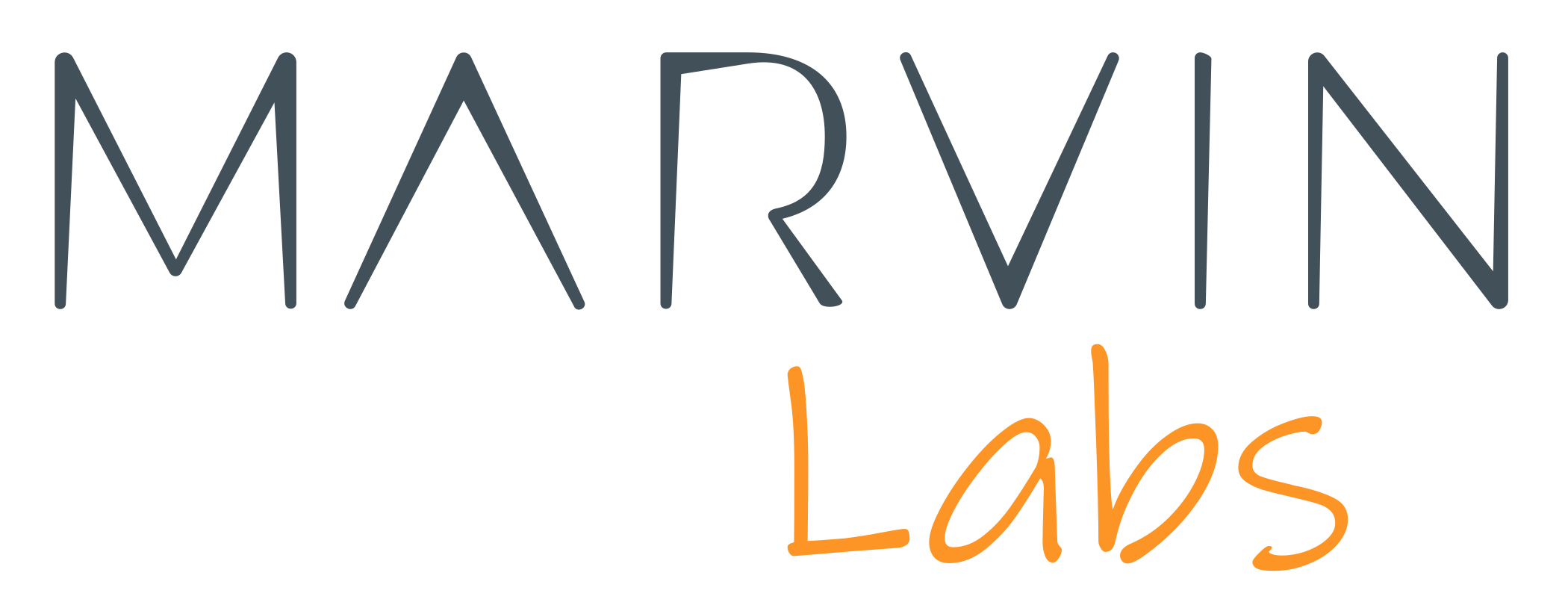Mold in your home isn’t just unsightly—it’s a health hazard. If you’ve spotted mold and fixed any moisture issues, you might be considering tackling the cleanup yourself. This guide provides detailed, step-by-step instructions how to clean mold effectively and safely, ensuring your home stays healthy.
Safety Comes First
Before you begin removing mold, it’s crucial to protect yourself. Equip yourself with the following safety gear:
- Safety goggles or glasses to protect your eyes from mold spores and cleaning chemicals.
- Chemical-resistant gloves to avoid skin irritation.
- N95 face mask or respirator to prevent inhaling harmful spores.
Preparing the Affected Area
To keep mold spores contained:
- Isolate the workspace with plastic sheeting and painter’s tape to seal doorways and vents.
- Enhance ventilation by opening windows and using exhaust fans to expel mold spores from the room.
-
Cleaning Techniques
- HEPA Vacuum: Begin by vacuuming the area with a HEPA-filter vacuum to collect loose spores. Do this before and after scrubbing the affected surfaces.
- Scrubbing surfaces: Use a stiff brush with a mixture of detergent and water to scrub mold off hard surfaces. For delicate items like upholstery or curtains, consider professional cleaning.
- Mold-killing solutions: Depending on the surface, you may use diluted bleach, vinegar, or commercial mold removers. Keep the area well-ventilated when using strong chemicals.
-
Choosing Appropriate Cleaning Solutions
- Non-toxic options: Mix white vinegar with water for a pet and child-safe cleaning solution. A baking soda paste can also be used on walls and floors.
- Bleach solutions: Use a solution of 1 part bleach to 10 parts water for hard, non-porous surfaces. Always ventilate the area and wear protective gear.
-
Post-Cleaning Care
- Dry thoroughly: It’s vital to dry the cleaned area completely to prevent mold from returning.
- Dispose of materials properly: Seal moldy materials in plastic bags before disposal to avoid spreading spores.
-
When to Call a Professional
- Extensive mold growth: If the mold covers more than 10 square feet or is located in hard-to-reach areas, it’s best to hire a professional.
- Recurring mold issues: If mold continues to return or if there are persistent moisture problems, professional intervention may be necessary to address underlying issues.
-
Prevent Future Mold Growth
- Monitor humidity levels: Keep indoor humidity below 60% with dehumidifiers and air conditioners.
- Fix leaks promptly: Repair leaks in roofs, windows, and pipes quickly to deter mold growth.
- Ensure proper ventilation: Install ventilation fans in bathrooms and kitchens to manage moisture.
By adhering to these guidelines, you can effectively manage minor mold issues in your home. Remember, controlling moisture is the key to prevention, but now you know how to clean mold effectively in the appropriate situations. If you’re unsure about the severity of your mold situation, consulting a mold remediation expert is advisable. They have the tools and expertise required to safely handle extensive mold problems.

